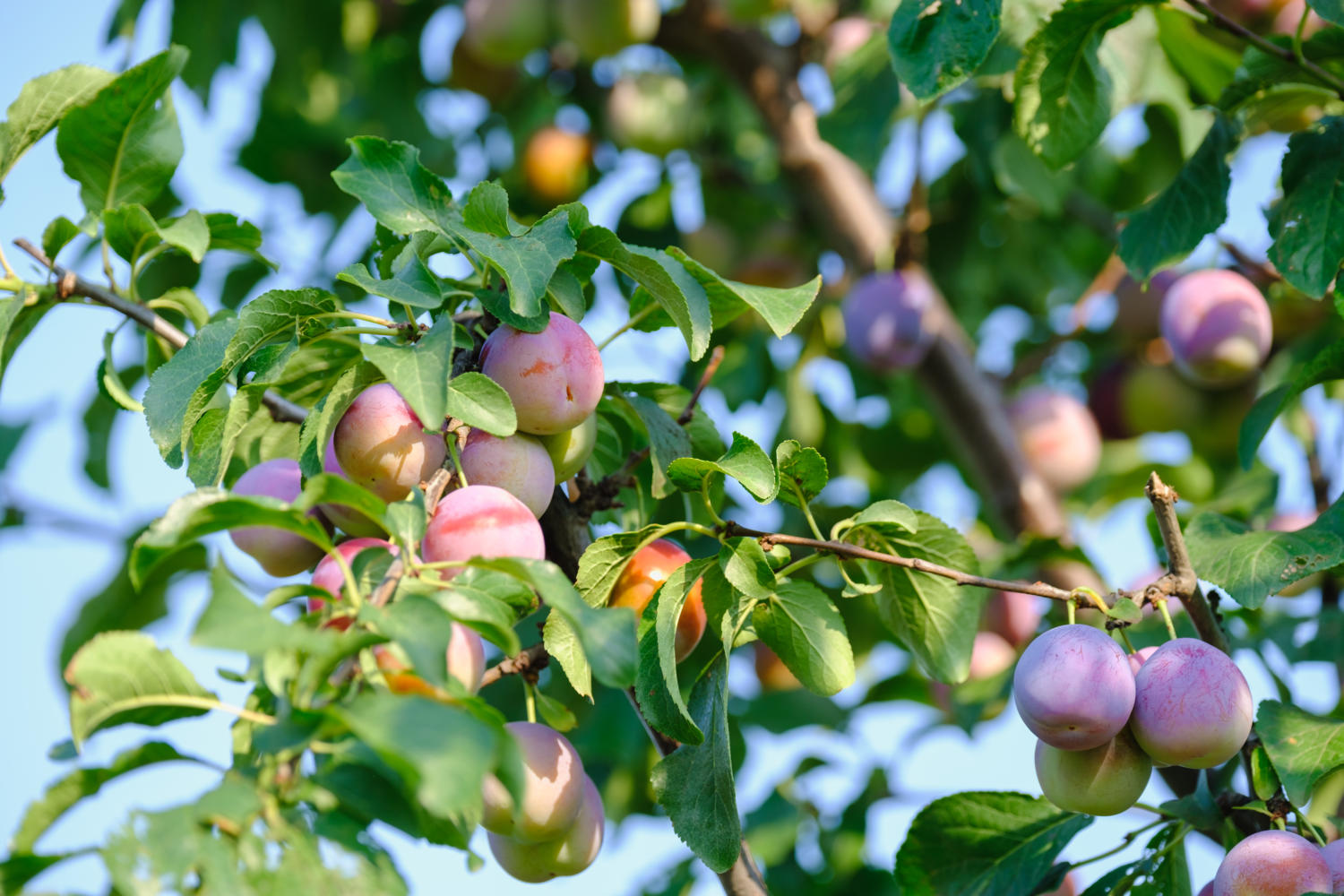By Tony Chalcraft
By any measure, 2025 has been an exceptional year meteorologically. We’ve had the warmest summer on record, with four ‘heatwaves’. The mercury may not have hit the highs of 2022, when it nudged 40 degrees Celsius, but there have been plenty of days with highs at or over 30 degrees. Then, there has been the lack of rain – it was not just summer that was dry, but also much of spring. By late June, the plot was a dustbowl with no moisture at trowel depth. Fortunately, downpours in July provided just enough rain to keep most crops from withering. Since then, rain has gradually returned and most vegetables have perked up, with many producing a decent, and in some cases, above-average crop. But it isn’t the vegetables that have benefited most from the extraordinary weather. The absence of sharp spring frost, together with the sunny days of summer, have led to amazing crops of most fruit. This is undoubtedly the most fruitful year I can remember!
So, I don’t brag too much about the fruit, let’s take a quick look at how some of the other crops have performed: potatoes, susceptible to drought, are generally of an acceptable size. Most root vegetables seem to have drawn up enough moisture, and look to yield well. When kept watered, thirsty crops like beans, courgettes and sweetcorn have also come through, as have most of the undercover crops, especially tomatoes and aubergines, despite the intense heat under glass. In fact, only a few vegetables performed poorly; onions planted from sets were one example, failing to establish normally in an almost rainless April and May; lettuce also struggled at times, in the hottest spells; there were other vegetables that suffered spasmodically, including some brassicas. These though, along with other leafy crops, also benefited as drought conditions ‘dried out’ many pests and diseases. Slugs were scarce, if not absent during spring. Most fungal diseases couldn’t get a hold. Insects were generally plentiful. This did mean lots of aphids but, equally, it also meant lots of beneficial predators, including an abundance of ladybirds to keep the aphids in check
Getting back to fruit, it must be said that dry conditions bothered some berries. Strawberries and other early summer berries benefited, but later crops suffered. Autumn fruiting raspberries, blackberries and blueberries all produced fewer and smaller fruit than normal, some of it just too small and shrunken for a worthwhile pick. Another slight downside has been high levels of codling moth activity, the irksome insect that bores into ripening apples. Despite this, overall it has still been a good year for apples, and indeed all tree fruit. Quantity and quality are extraordinary. For the first time in years, there have been outdoor apricots. Most apple trees have borne prodigious crops of well-coloured fruit, with an almost complete absence of skin blemishes from fungal afflictions like scab. Then there are pears of perfection, blushed by sun and full of flavour. Not to be forgotten are the plums and gages, where branches were bent under the weight of fruit. I must mention the quince, laden with fruit, by far the best crop I’ve ever seen. Finally, as I write, the outdoor dessert grape vine is being picked. Never has this produced such ripe and sweet bunches that (an extra bonus) seem to be of no interest to the birds!
I could crow further, but this bounty is fleeting and we must consider its causes. All seasoned gardeners will know the weather is changing, a change brought about by climate change. 2025 is not a ‘one-off’. Future years may be similar, if not drier and hotter. Can we be sure these will be as fruitful?










Add a comment